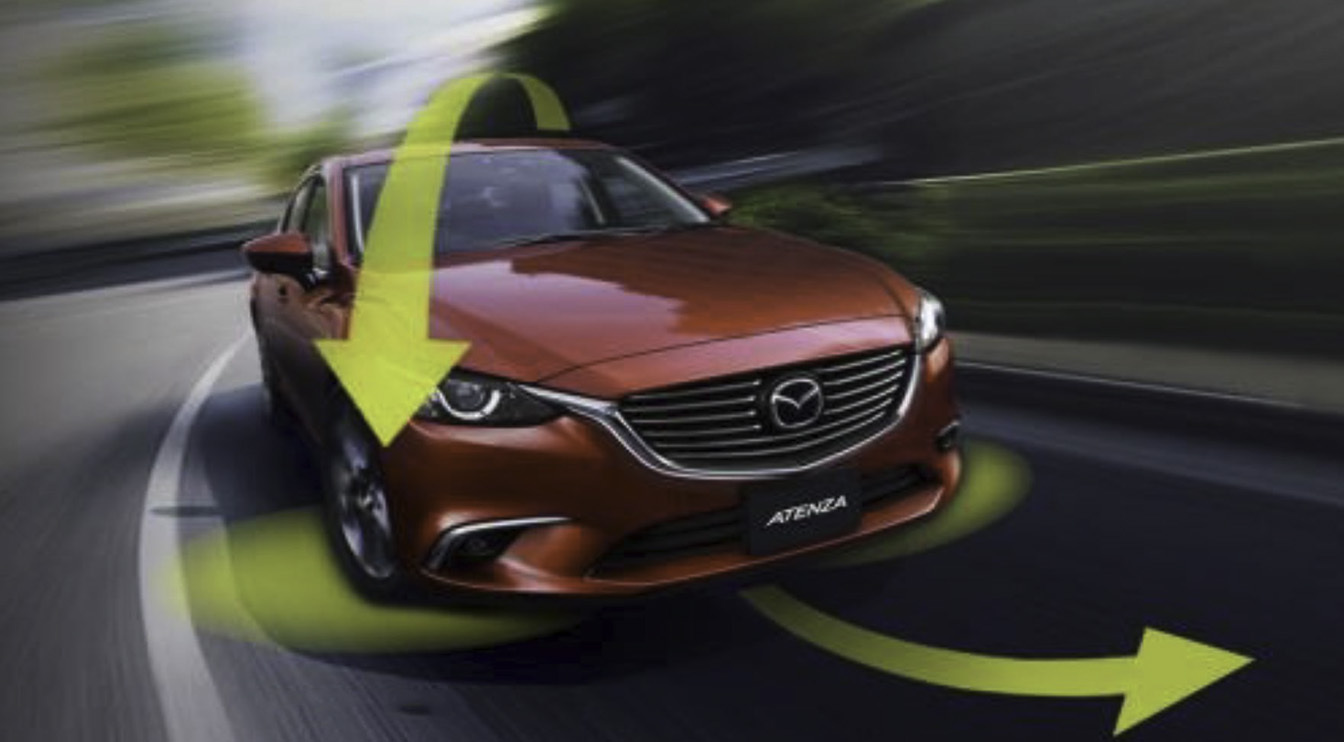I think all cars in germany sells for a premium compared to North American cars when compared with same engine and option list. Sure you can get a cheaper bmw or Mercedes or jaguar, but they are also usually significantly cheaper built (smaller engine, less option, etc). Mercedez cars are not all luxury models overthere.
During my time in england, i could have bought a jaguar for 20 000 pounds ish. But it was a cheapened version with a 4 cylinder engine and not much standard equipment.
During my time in england, i could have bought a jaguar for 20 000 pounds ish. But it was a cheapened version with a 4 cylinder engine and not much standard equipment.
Last edited:


